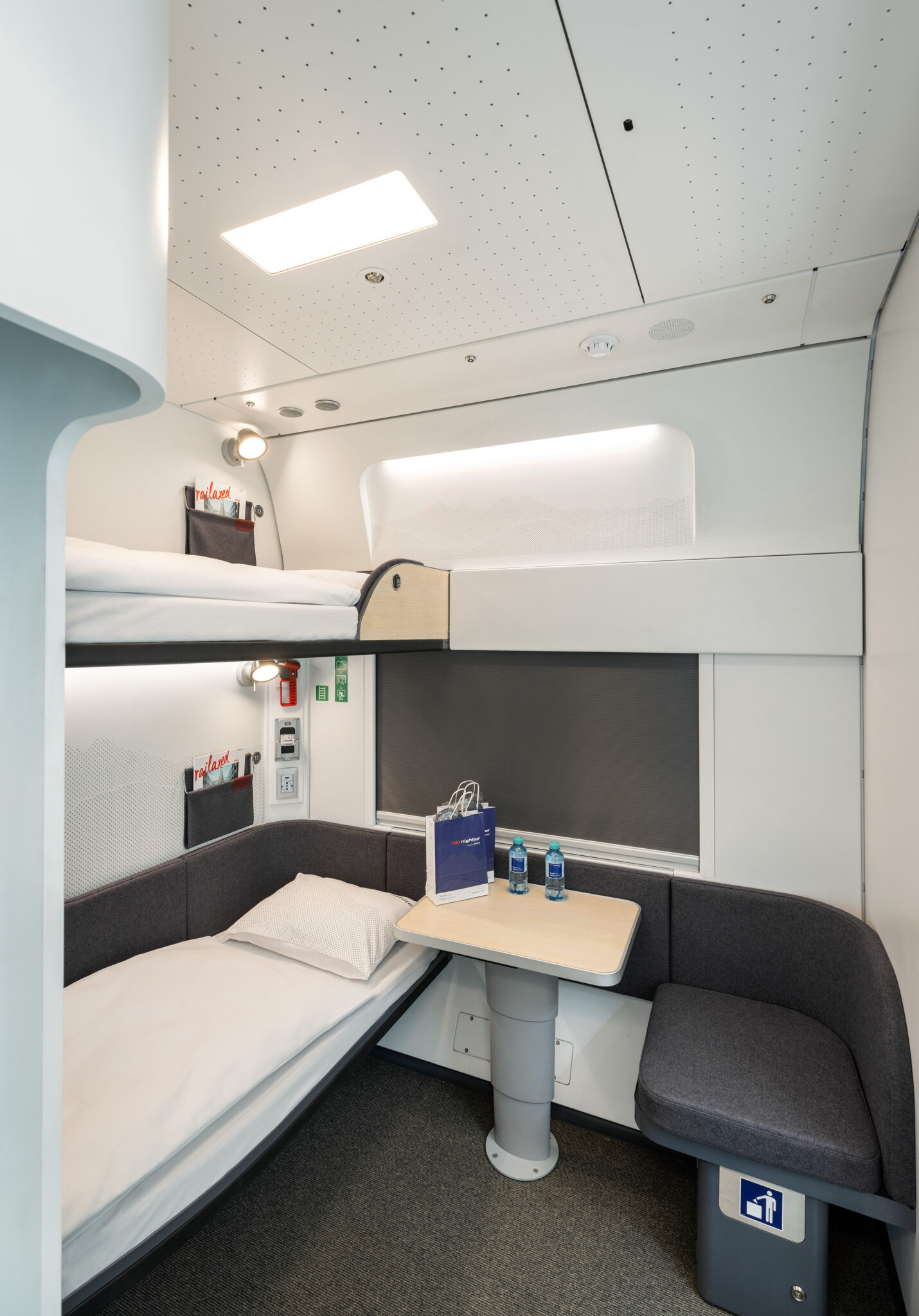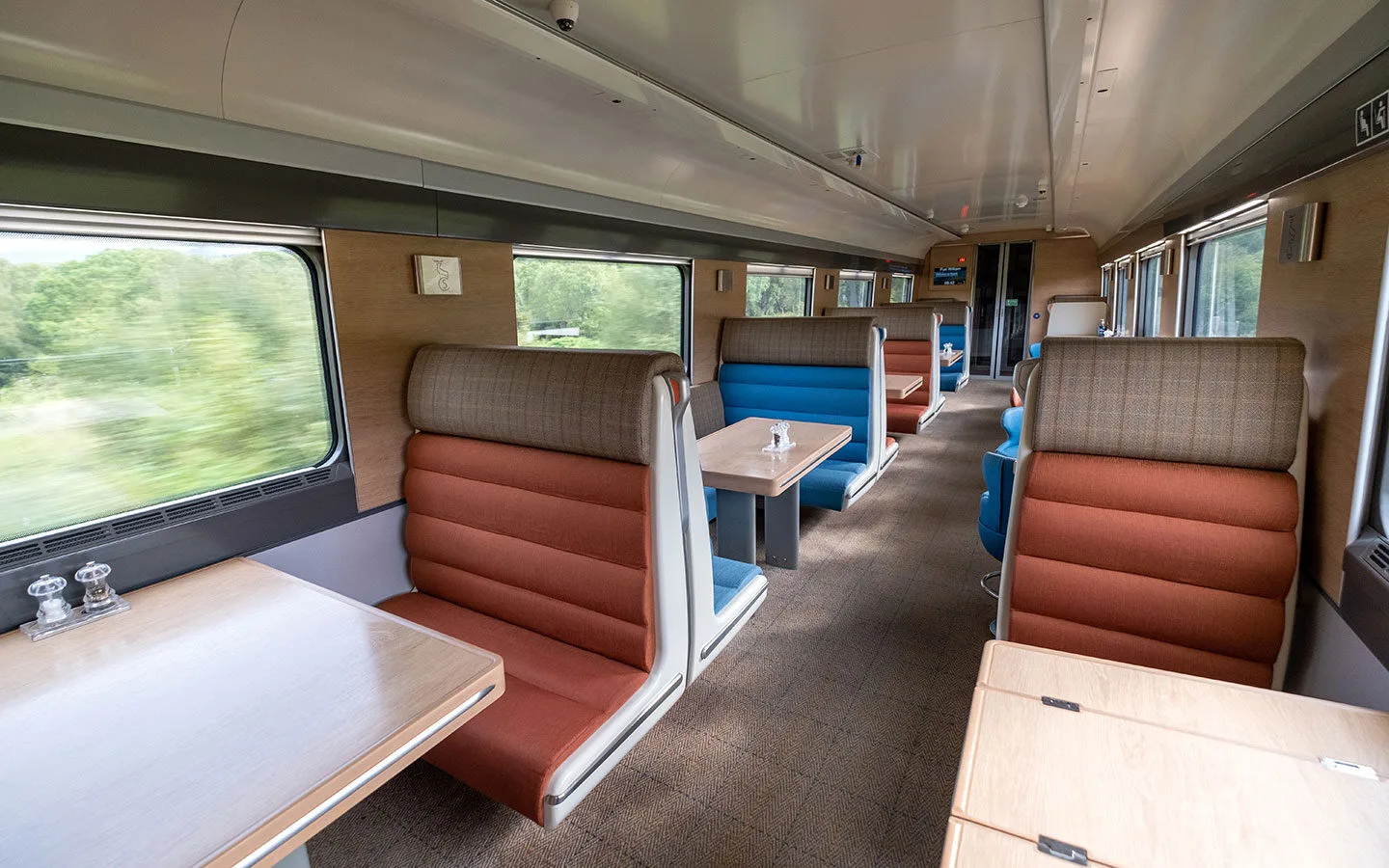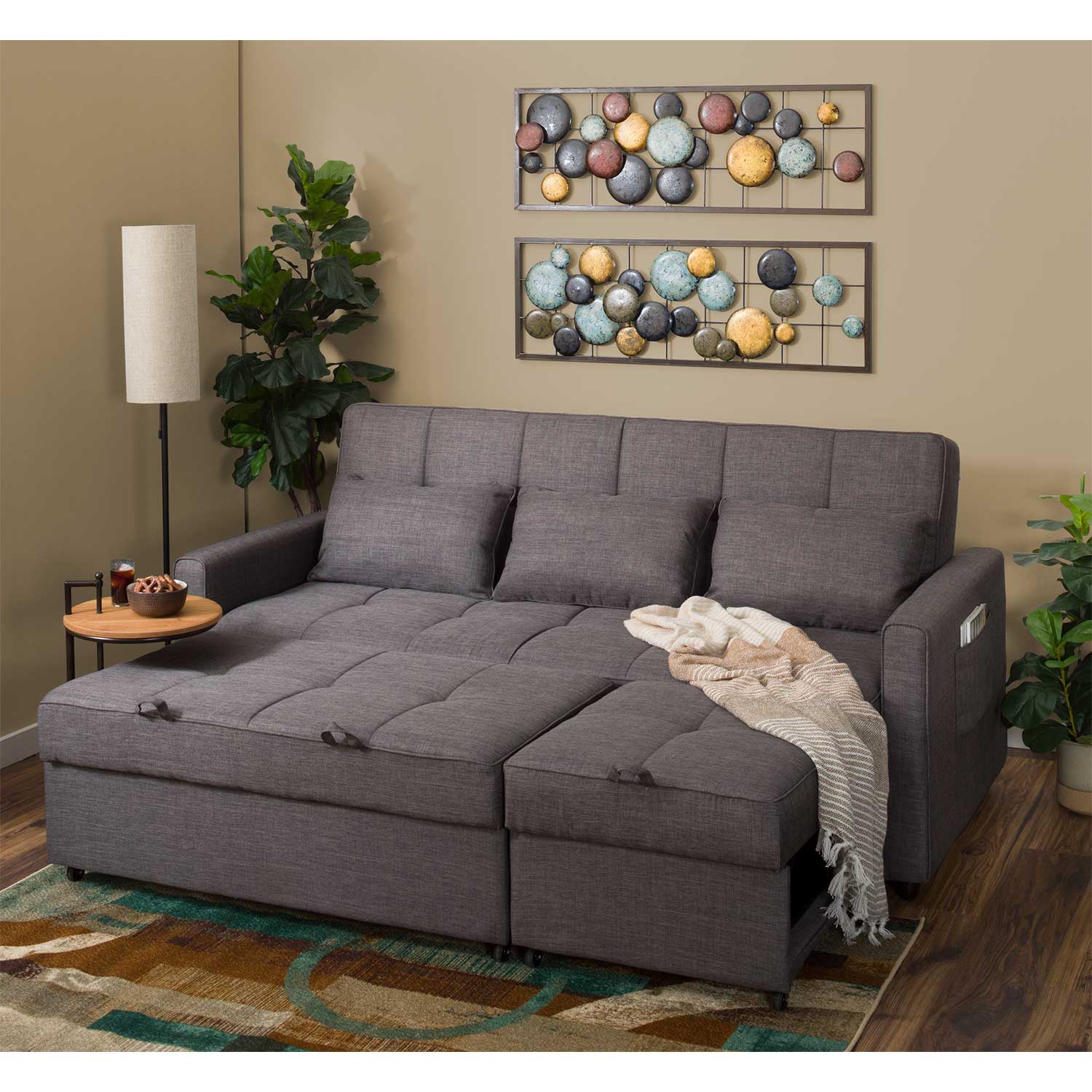Sleeper Straight Trucks For Sale: Your Comprehensive Buying Guide pickup.truckstrend.com
In the vast landscape of commercial transportation, few vehicles offer the unique blend of versatility, driver comfort, and operational efficiency found in a sleeper straight truck. Unlike their tractor-trailer counterparts, these single-unit vehicles integrate the cab, sleeping compartment, and cargo area onto a single chassis, making them ideal for a diverse range of hauling needs. Whether you’re an owner-operator seeking greater independence, a small business expanding its delivery capabilities, or a fleet manager looking for specialized transport solutions, understanding the market for sleeper straight trucks for sale is crucial. This comprehensive guide will navigate you through everything you need to know, from their fundamental benefits to crucial buying considerations and market insights.
Understanding Sleeper Straight Trucks: What Are They?
Sleeper Straight Trucks For Sale: Your Comprehensive Buying Guide
A sleeper straight truck, often referred to simply as a "sleeper truck" or "straight truck with a sleeper," is a commercial vehicle where the driver’s cab and the cargo body are mounted on the same rigid frame. The defining feature is the integrated sleeping compartment, designed to allow drivers to rest comfortably during long hauls, adhering to hours-of-service regulations without the need for separate lodging.
These trucks come in various configurations, primarily differentiated by their cargo bodies:
- Box Trucks (Dry Van): The most common type, featuring an enclosed, weather-tight cargo area for general freight.
- Refrigerated Trucks (Reefers): Equipped with a refrigeration unit to transport temperature-sensitive goods like food or pharmaceuticals.
- Flatbed Trucks: Open platforms for oversized or irregularly shaped cargo, often requiring specialized tie-downs.
- Curtain Side Trucks: A hybrid combining the flexibility of a flatbed (side loading) with the weather protection of a box truck (roll-up or sliding curtains).
- Specialized Bodies: Including car carriers, dump bodies, or service bodies, though sleepers are less common on these due to their typical shorter-haul applications.

Their single-unit design offers superior maneuverability in urban environments and tighter spaces compared to articulating tractor-trailers, making them a preferred choice for last-mile delivery, regional distribution, and specialized expedited freight.
The Undeniable Benefits of Owning a Sleeper Straight Truck
Investing in a sleeper straight truck offers a compelling array of advantages for both businesses and independent drivers:
- Enhanced Driver Comfort and Retention: The integrated sleeper berth allows drivers to get quality rest on the road, reducing fatigue and improving safety. This directly contributes to higher driver satisfaction, better performance, and significantly aids in driver retention in an industry constantly battling shortages. Amenities like climate control, ample storage, and space for a microwave or mini-fridge transform the truck into a true home away from home.
- Operational Flexibility: Sleeper straight trucks bridge the gap between local delivery vans and heavy-duty tractor-trailers. They are perfectly suited for regional and long-distance routes where a full tractor-trailer might be overkill or impractical. Their easier maneuverability makes them ideal for navigating city streets, loading docks, and residential areas that are inaccessible to larger rigs.
- Cost Efficiency for Specific Operations: For certain business models, a sleeper straight truck can be more cost-effective than a Class 8 tractor-trailer. They often have lower initial purchase prices, reduced insurance premiums, and can sometimes offer better fuel efficiency depending on the load and route. Furthermore, there’s no need for separate trailer maintenance, registration, or insurance costs.
- Ideal for Specialized Applications and Expedited Freight: Their versatility makes them perfect for expedited freight, where speed and direct delivery are paramount. They excel in industries like furniture delivery, household goods moving, high-value cargo transport, and final-mile services that require extended reach. Many owner-operators find lucrative niches in these areas.
- Lower Barrier to Entry for Owner-Operators: For aspiring owner-operators, a sleeper straight truck can represent a more manageable entry point into the trucking industry. The overall investment is often less daunting than a tractor-trailer setup, and the operational complexity can be lower, making it an excellent stepping stone.


Key Considerations When Buying a Sleeper Straight Truck
Purchasing a sleeper straight truck is a significant investment that requires careful evaluation. Here are the critical factors to consider:
- Budget and Financing: Determine your maximum budget. New trucks offer warranties and the latest technology but come at a premium. Used trucks are more affordable but require thorough inspection. Explore financing options, including traditional bank loans, dealer financing, or specialized commercial vehicle lenders.
- Engine and Drivetrain: Research engine size, horsepower, and torque. These determine the truck’s hauling capacity, speed, and fuel efficiency. Consider transmission type (manual vs. automatic) based on driver preference and operational needs.
- Sleeper Amenities and Size: Sleeper cabs vary significantly in size, from basic "bunk" configurations to spacious "condo" sleepers with stand-up room. Evaluate the amenities: HVAC system, power outlets, storage compartments, space for appliances (microwave, fridge), and bunk configuration (single or double). Driver comfort directly impacts productivity and retention.
- Cargo Body Type and Capacity: Match the cargo body to your specific business needs. Consider dimensions (length, width, height), weight capacity (payload), and specialized features like liftgates, side doors, or refrigeration units. Ensure the GVWR (Gross Vehicle Weight Rating) meets your requirements and driver licensing (CDL) capabilities.
- Mileage and Condition (for Used Trucks): For used trucks, mileage is a key indicator of wear. However, maintenance history is even more critical. Request detailed service records. Inspect for rust, fluid leaks, tire wear, and signs of structural damage. A pre-purchase inspection (PPI) by an independent, qualified mechanic is non-negotiable.
- GVWR and CDL Requirements: Most sleeper straight trucks, due to their size and weight, fall into a category requiring a Commercial Driver’s License (CDL). Verify the truck’s GVWR and ensure your drivers possess the appropriate licensing.
- Safety Features: Modern trucks offer advanced safety features like anti-lock brakes (ABS), electronic stability control, collision mitigation systems, lane departure warnings, and adaptive cruise control. These can significantly reduce accident risk and insurance costs.
- Brand and Resale Value: Reputable brands like Freightliner, International, Hino, Isuzu, Kenworth, and Peterbilt generally offer better reliability, parts availability, and higher resale values. Research specific models for common issues and driver reviews.
Navigating the Market: Where to Find Sleeper Straight Trucks For Sale
The market for sleeper straight trucks is robust, offering several avenues for purchase:
- Commercial Truck Dealerships: Both new and used. Dealers offer warranties (especially on new trucks), financing options, and access to service departments. They can be more expensive but provide peace of mind and convenience.
- Online Marketplaces: Websites like TruckPaper.com, CommercialTruckTrader.com, MyLittleSalesman.com, and RitchieSpecs.com are excellent resources. They offer vast inventories from various sellers (dealers, private parties, auctions) allowing for easy comparison. Be diligent in vetting sellers and always arrange for a physical inspection.
- Auctions: Platforms like Ritchie Bros. Auctioneers, IronPlanet, and local public auctions can offer competitive pricing, but they often involve "as-is" sales with limited inspection opportunities. They are best suited for experienced buyers who can quickly assess a truck’s condition.
- Private Sellers: Found through local classifieds, industry forums, or word-of-mouth. Prices can be more negotiable, but the selection is limited, and there are typically no warranties or guarantees. Exercise extreme caution and conduct thorough due diligence.
Tips for a Successful Purchase
- Define Your Needs Clearly: Before you even start looking, know exactly what you need in terms of cargo capacity, route length, budget, and driver comfort.
- Conduct a Thorough Pre-Purchase Inspection (PPI): For any used truck, hire a certified heavy-duty mechanic to perform a comprehensive inspection. This can uncover hidden issues that save you thousands down the line.
- Review Maintenance Records: A well-documented maintenance history is invaluable, indicating how well the truck was cared for.
- Test Drive Extensively: Don’t just drive it around the block. Take it on highways, up inclines, and practice parking to assess handling, braking, engine performance, and cabin noise.
- Factor in ALL Costs: Beyond the purchase price, consider insurance, registration fees, taxes, fuel, ongoing maintenance, and potential initial repairs.
- Negotiate Smartly: Research market prices for similar trucks. Don’t be afraid to negotiate, especially for used vehicles.
- Consider Certified Pre-Owned: Some dealerships offer certified pre-owned programs for used trucks, which often include a warranty and a multi-point inspection, offering a balance between new and used.
Challenges and Solutions
- Challenge: High Upfront Cost.
- Solution: Explore financing options with favorable terms, consider purchasing a well-maintained used truck, or investigate lease-to-own programs which can offer lower initial outlays.
- Challenge: Unexpected Maintenance & Downtime.
- Solution: Prioritize preventative maintenance schedules. Build a contingency fund for unexpected repairs. Establish relationships with reliable heavy-duty mechanics. For new trucks, leverage warranty coverage.
- Challenge: Finding Qualified Drivers.
- Solution: The comfortable sleeper unit itself is a selling point! Offer competitive pay, good benefits, and a positive work environment. Ensure your trucks are well-maintained and reliable.
- Challenge: Fluctuating Fuel Prices.
- Solution: Implement fuel efficiency strategies (driver training, aerodynamic add-ons, route optimization). Consider fuel hedging or surcharge agreements with clients if applicable.
Sleeper Straight Trucks For Sale: Estimated Price Guide
Please note: These are estimated ranges and actual prices can vary wildly based on make, model, year, mileage, engine condition, sleeper amenities, cargo body type, and overall market demand. This table provides a general guide.
| Category | Year Range | Mileage (Approx.) | Condition | Estimated Price Range (USD) | Key Features/Considerations |
|---|---|---|---|---|---|
| Entry-Level Used | 2008-2015 | 400,000 – 700,000+ | Fair to Good | $25,000 – $55,000 | Higher mileage, older tech, potential for immediate repairs. Good for budget-conscious. |
| Mid-Range Used | 2016-2019 | 200,000 – 400,000 | Good to Very Good | $55,000 – $95,000 | More modern features, better reliability. Often a sweet spot for value. |
| Premium Used | 2020-2023 | Under 200,000 | Excellent | $95,000 – $150,000+ | Latest tech, lower wear, potentially remaining factory warranty. Close to new. |
| New (Base Model) | Current Year | 0 | New | $130,000 – $180,000+ | Entry-level configurations, basic sleeper. Full warranty. |
| New (Fully Equipped) | Current Year | 0 | New | $180,000 – $250,000+ | Top-tier engines, large sleepers, premium amenities, advanced safety features. |
Frequently Asked Questions (FAQ)
Q1: Do I need a CDL to drive a sleeper straight truck?
A1: In most cases, yes. Sleeper straight trucks typically have a Gross Vehicle Weight Rating (GVWR) exceeding 26,001 pounds, which requires a Class B CDL in the United States. If the truck is pulling a trailer with a GVWR over 10,000 lbs (and the combined GVWR is over 26,001 lbs), a Class A CDL may be required. Always check local and federal regulations.
Q2: What is the average lifespan of a sleeper straight truck?
A2: With proper maintenance, a well-built sleeper straight truck can last 500,000 to over 1,000,000 miles. Engines often outlast chassis components, but major overhauls may be needed around the 700,000-mile mark.
Q3: Can I convert a regular straight truck into a sleeper?
A3: While technically possible, converting a non-sleeper straight truck to include a proper sleeper compartment is highly impractical and costly. It involves significant structural modifications, HVAC integration, and regulatory compliance. It is almost always more economical and safer to purchase a truck designed with a factory-installed sleeper.
Q4: What are the most popular brands for sleeper straight trucks?
A4: Popular brands known for producing reliable sleeper straight trucks include Freightliner, International, Hino, Isuzu, Kenworth, and Peterbilt. Each brand offers different features, engine options, and cab designs.
Q5: How much does commercial insurance cost for a sleeper straight truck?
A5: Commercial truck insurance varies widely based on factors like the truck’s value, your driving record, the type of cargo, routes, and your chosen coverage limits. Expect to pay several thousand dollars per year, potentially more for new operations or those with higher risk profiles.
Q6: Are sleeper straight trucks fuel efficient?
A6: Relative to full tractor-trailers, sleeper straight trucks can be more fuel-efficient due to their lighter weight and typically smaller engines. However, they are still heavy commercial vehicles, and fuel economy will vary greatly depending on load weight, driving habits, terrain, and engine specifications.
Conclusion
Sleeper straight trucks represent a vital segment of the commercial transportation industry, offering an attractive proposition for businesses and owner-operators seeking a balance of capacity, maneuverability, and driver comfort. Their versatility makes them suitable for a wide array of specialized and long-haul operations that don’t require the scale of a tractor-trailer. By carefully considering your specific needs, conducting thorough research, and performing diligent inspections, you can make a strategic investment that enhances your operational efficiency, boosts driver satisfaction, and contributes significantly to your bottom line. The market for sleeper straight trucks for sale is dynamic, but with the right approach, finding the perfect rig to drive your success is well within reach.


